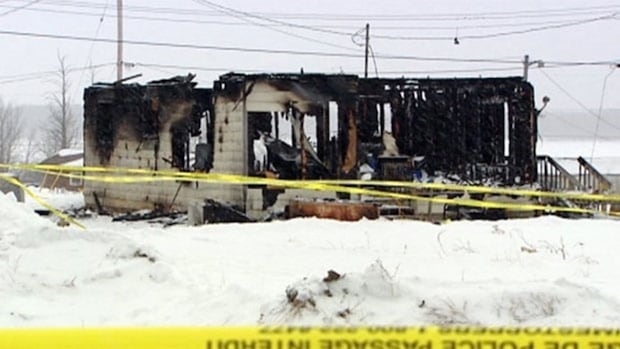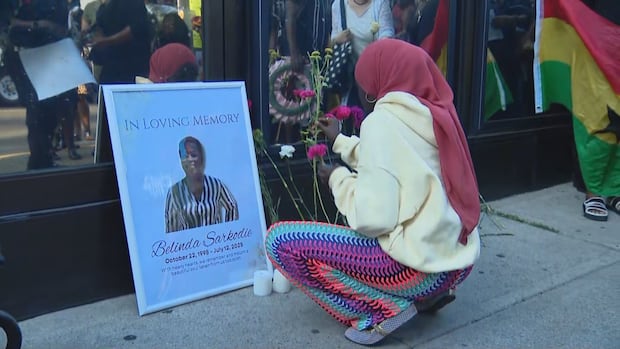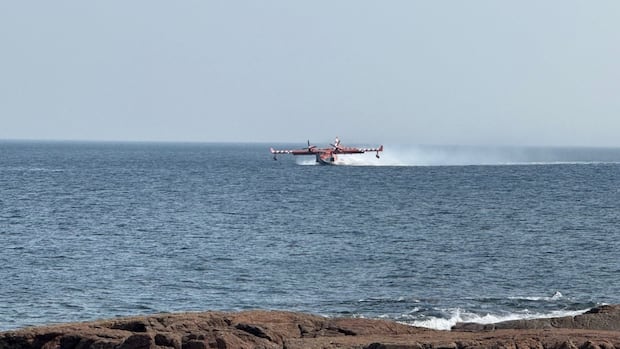A report by the National Research Council of Canada (NRCC) confirms what many Indigenous communities have long known: the rate of death for house fires in Indigenous communities is higher than in non-Indigenous communities.
The report, commissioned by the National Indigenous Fire Safety Council (NIFSC) and published earlier this month, found the rate of death was around 5 times higher for Indigenous communities.
It drew data from the National Fire Information Database between 2005-2021, aiming to show the scope of fire risks in Indigenous communities and identify gaps in data collection.
Arnold Lazare, Interim CEO of the NIFSC, said the findings validate decades of experiences from Indigenous communities.
“For the last 30 years we’ve been tracking the anecdotal information and we knew that the death rate and injury rate was much higher on reserves than in mainstream,” said Lazare, who is from Kahnawà:ke, just south of Montreal.
“When we say it, people don’t believe us.”
One of the biggest challenges, according to the report, is a lack of data which is a result of a lack of uniformity in reporting standards and jurisdictional regulations on required reporting of fire information.
“A problem identified is half solved, right?” said Lazare.
“There’s a lack of data and that opens the situation up to interpretation and when you go to interpretation, things can get fuzzy.”
The federal government stopped collecting fire incident data in First Nations communities in 2010 in an effort to “reduce the reporting burden” on First Nations communities.
A 2021 report from StatsCanada shows Inuit are 17 times more likely to die in fires than non-Indigenous people, where First Nations are roughly five times more likely to die and Métis people are twice as likely to die.
Michelle Vandevord, a Cree woman from Muskoday First Nation in Saskatchewan is the first woman to serve as captain of the community’s volunteer fire department and has 26 years experience as a firefighter and serves as the director of the Saskatchewan First Nation Emergency Management.
“Being a firefighter on reserve and supporting the regional organization, we knew those numbers were going to be high,” said Vandevord.
Her community has had fire services for over 40 years, although she said she recognizes many other First Nations communities don’t have on-reserve fire organizations and rely on outside help.
“When there’s a fire death on reserve, then all of a sudden there’s all this attention for the community and what can we do to help…” said Vandevord.
“‘What can we do to support?’ and that help should have come years earlier.”
She encourages communities to use data — including from Stats Canada and the NRCC — to apply for funding for fire prevention and services.
“Nine times out of 10, when there is money for fire services on reserve, it’s proposal driven,” she said.
But Vandevord said a lot of times these volunteer fire chiefs are just that: volunteers, working off the side of their desk while holding other titles, leaving little time for writing proposals.
Lazare is hopeful to see more data being published but notes it’s not a one-size-fits-all solution. He said that the funding available for fire prevention needs to be used in tailored approaches based on individual community needs.
He also hopes that Indigenous communities report their fires using their National Incident Reporting System, and for communities to track and pinpoint fire trends and use that information to tailor to their fire prevention programs.
“If we can get the communities funded to the programs that they need, then things will change,” Lazare said.
Lazare said Indigenous communities can reach out to the NIFSC for support. The organization offers fire department assessments, fire prevention program development and support for building fire safety programming.
The NIFSC is set to meet with the Assembly of First Nations in September, where they hope the report will inform a renewed mandate and a new direction for fire safety efforts across Indigenous communities.






